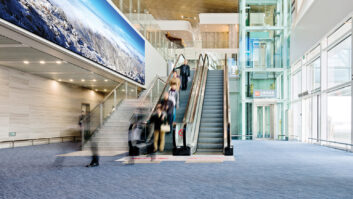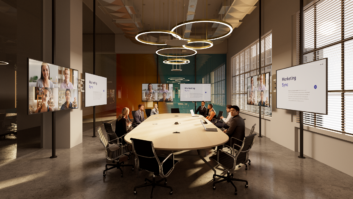A year of sad loss to life and economic difficulties has also seen fast-moving and exhilarating developments in the world of experiential, immersive entertainment, according to Tom Burch, managing director, Pixel Artworks
If there is one lesson the last 12 months has taught us is that change is inevitable – and crisis tends to accelerate it. The installations sector has been no different. In a world deprived of joy, one overriding trend has been to bring delight to experiential entertainment. Not a massive surprise – Trendwatch UK 2020 confirmed that “Millennials – who will account for 75% of the UK workforce within the next 10 years – value experience over all else.” The demand for immersive experience and similar trends have certainly evolved in the last year, with changes prompted by a number of factors.
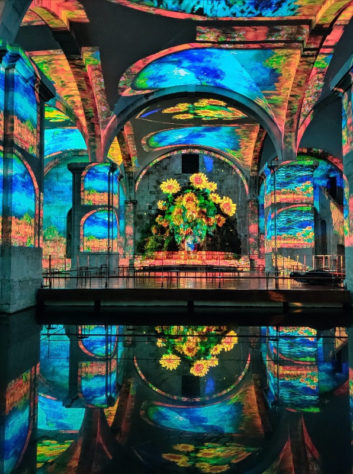 The ideas surrounding digital place-making and transformation had been developing well before the pandemic. We’ve seen an ever-evolving mix of public light installations used by brands to draw crowds to their locations. From up-and-coming areas to more advanced indoor immersive experiences, new entertainment concepts were created to spark their audiences’ imagination.
The ideas surrounding digital place-making and transformation had been developing well before the pandemic. We’ve seen an ever-evolving mix of public light installations used by brands to draw crowds to their locations. From up-and-coming areas to more advanced indoor immersive experiences, new entertainment concepts were created to spark their audiences’ imagination.
But these ideas tended to be very long in development, many not even making it out of the design room after facing the scrutiny of endless architects, consultants and public bodies.
Lead generation
However, when the private sector took the lead, things began to accelerate. Over the last 12 months, a steady flow of announcements have been released. Details have emerged on immersive entertainment venues – each loaded with £million+ of budget for the latest display equipment (typically, but not exclusively projection), layered with media servers and system integration, before being brought to life with varying degrees of creativity and content creation.
At the lower end of the creative spectrum are the likes of the Van Gogh and Gustav Klimt immersive experiences. Immersive light shows that recycled, these artists’ work, duplicating them on an often-epic scale using projection for visitors to admire. These types of light display needed fairly low creative barriers to entry (and, in my prediction, have relatively limited long-term value).
At the more impressive end of the scale, we see beautifully conceived artistic installations featuring the latest in real-time content creation and interactivity, which bring a whole new dimension to entertainment and immersion.
Rapid developments
There have also been rapid developments in this space in the media server sector. Covid-19 created a necessity for virtual production and accelerated the integration of Unreal into content creation and media server pipelines. These advances have dramatically reduced rendering overheads, allowing the latest immersive experiences to deliver incredibly high pixel counts with photo-real capabilities – without massive pre-rendering requirements in studio and render-farms around the world. The world of content creation is arguably getting more complicated – and even more defining in importance. The good news is it’s also getting far, far more capable and efficient in its delivery.
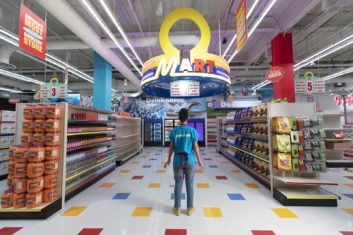 The US has undoubtedly taken the recent lead in the creativity stakes so far. Examples of such innovation include Meow Wolf’s latest mind-bending installation, Omega Mart, which takes visitors on a surreal exploration at its exhibition in Las Vegas. There’s also Illuminarium’s programmes across the States, each using endless 50k Panasonic native 4k projectors, and the opening of Superblue in Miami.
The US has undoubtedly taken the recent lead in the creativity stakes so far. Examples of such innovation include Meow Wolf’s latest mind-bending installation, Omega Mart, which takes visitors on a surreal exploration at its exhibition in Las Vegas. There’s also Illuminarium’s programmes across the States, each using endless 50k Panasonic native 4k projectors, and the opening of Superblue in Miami.
This trend for all-encompassing immersive experiences is set to continue far beyond the paid-for experiences outlined above. We can expect to see a very different high street developing post-pandemic. And it will be for brands to leverage these new immersive channels in retail stores across the world.
“Immersive experiences were once reserved for the most brave and innovative of brands. Now we will see immersive experiences as a necessity for all brands to grow.” The 2021 Growth Trended. Wavemaker: Step into a new world.
Digital landmark
Closer to home, in London, Outernet Global has announced the launch date for Outernet London, a mixed use development currently under construction in the West End of London. The October 31 launch follows more than a decade of planning. Outernet London is an immersive media and entertainment business boasting the world’s largest high-resolution wrap-around screens, a new 2,000 capacity live events venue, the unique Denmark Street apartments and session rooms of Chateau Denmark – alongside independent restaurants and bars.
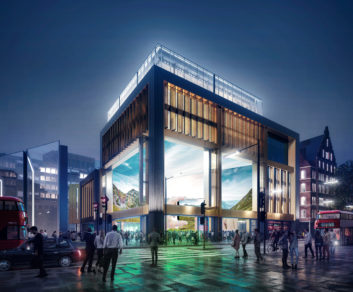 As part of the development, the Now Building boasts the largest deployment of video screens in the world – four storeys of 360-degree 8k screens with 4D and interactive capabilities. At the entrance to Tottenham Ct Road tube, the building provides space for art, fashion, music, film, gaming, tech and entertainment.
As part of the development, the Now Building boasts the largest deployment of video screens in the world – four storeys of 360-degree 8k screens with 4D and interactive capabilities. At the entrance to Tottenham Ct Road tube, the building provides space for art, fashion, music, film, gaming, tech and entertainment.
Outernet Global goes further than other concepts by forming an entire entertainment district, bringing together a multitude of experiential spaces, digitally enabled retail pop-up, music venues, bars, hotels and public arenas. This really is place-making – and will surely prove to be London’s first digital landmark.
Watch this space for an ever-increasing range of collaborations and partnerships from the world’s best brands and creators from different cultures, sectors and demographics.
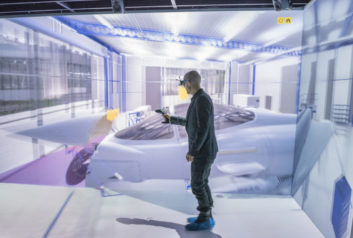 One area of incidental fallout in all of this new activity has been the paid-for VR experiences, which were struggling to get real commercial traction before Covid. I believe these will continue to drop off against the rise of truly shareable, multi-person immersive experiences, as illustrated above. However, VR experiences represented very low-value integration prospects anyway with the bulk of the money ending up in the hands of the now even richer big tech companies.
One area of incidental fallout in all of this new activity has been the paid-for VR experiences, which were struggling to get real commercial traction before Covid. I believe these will continue to drop off against the rise of truly shareable, multi-person immersive experiences, as illustrated above. However, VR experiences represented very low-value integration prospects anyway with the bulk of the money ending up in the hands of the now even richer big tech companies.
Virtual meetings
But one change I would have never predicted was that we would be using VR for regular company meetings, to collaborate around 3D models, virtually project content around the VR rooms, chat with directional audio and microphones and break away from the Teams and Zoom culture that has become more prevalent than the virus itself.
The developments seen in our sector in the last 12 months have been immense, totally captivating and exhilarating. But I’m sure there’s much more to come, and in another year, we’ll see a digital world that reaches new compelling levels to attract and entertain its audience.




